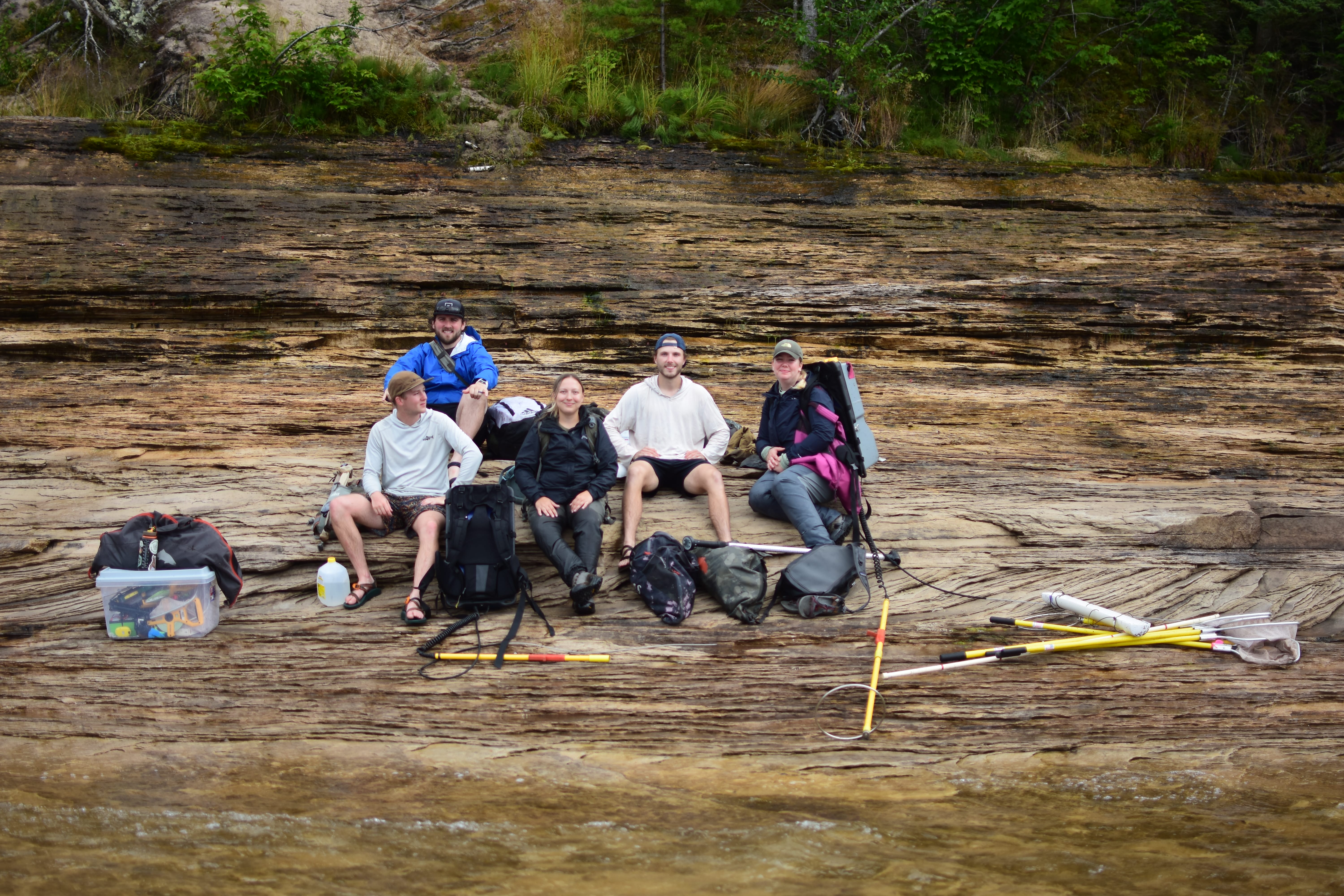Fishing is great.
Even better? Fishing for science.
Trout Unlimited is looking for angler volunteers in the upper Great Lakes region to help gain a better understanding of the distribution of coaster brook trout in Lake Superior and its tributaries in Wisconsin and Michigan.
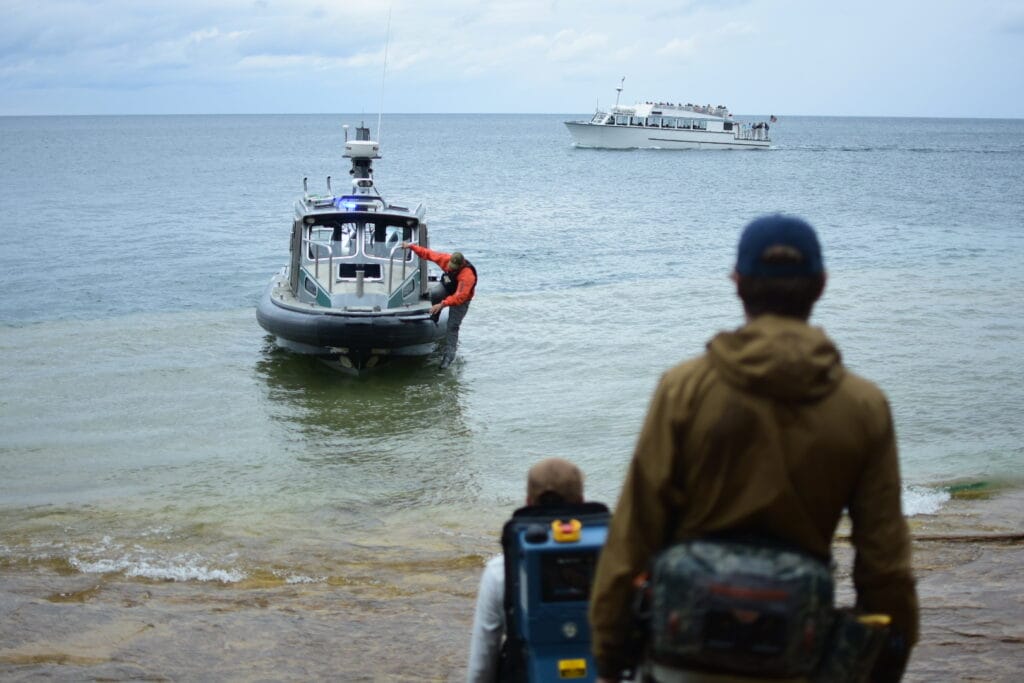
Coasters are a priority
Coasters are a unique life history of brook trout, spending time both in the open waters of Lake Superior and in tributaries feeding the lake. Coaster habitat in Lake Superior is a TU Priority Water.
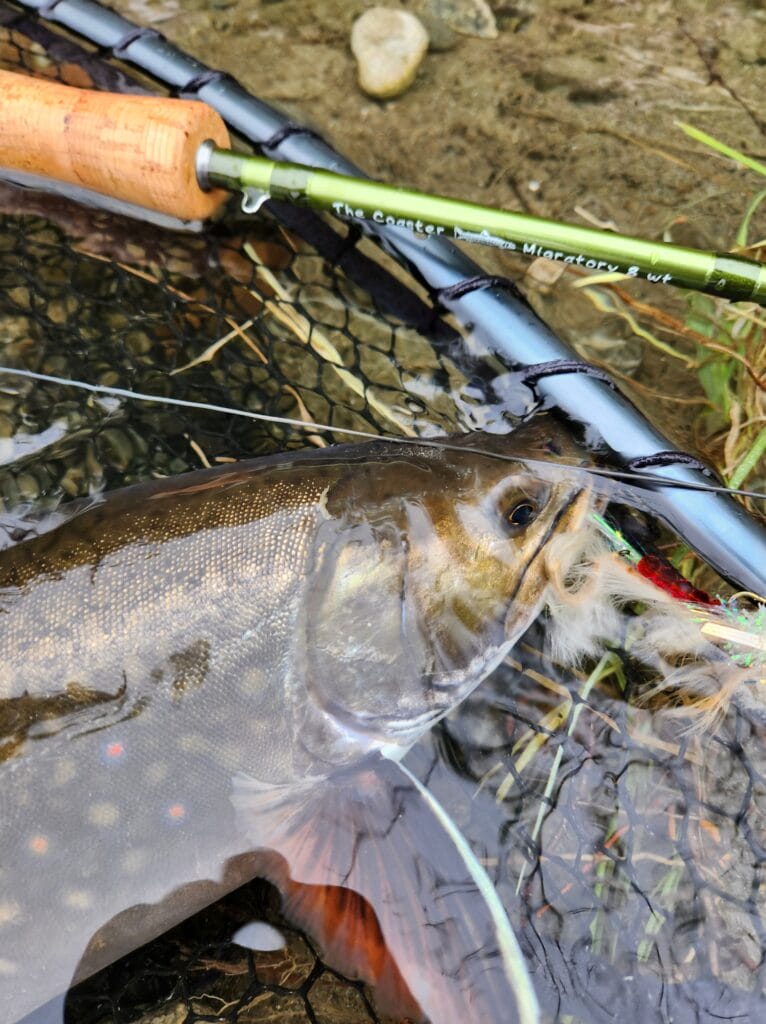
“They were once widespread, but as early as the 1870s people were already saying they were on the decline,” said Jake Lemon, TU’s field and research manager in the Great Lakes region. “They were getting fished out, logging damaged important habitat and eventually they faced increased competition from non-native salmonids.”
Coasters are a priority for the Great Lakes Fishery Commission, an intergovernmental body composed of tribes, state and both U.S. and Canadian federal agencies.
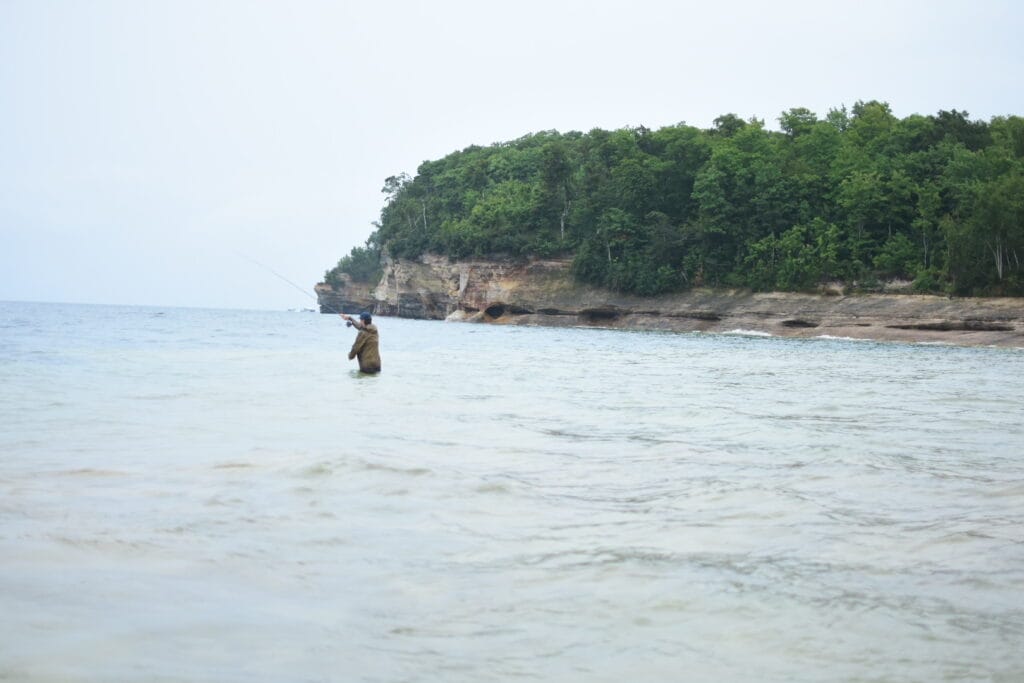
As the focus turns toward recovery, which could include targeted regulations, there is a need for baseline information about coasters. That’s why TU and others are building a base of information about coasters.
“We have foundational questions about this fish,” Lemon said. “There are places where we know they are, like Isle Royale, Nipigon Bay and along Minnesota’s North Shore. We have an idea of other locations where they may be found in lower densities, and now we have new tools that we can utilize to figure that out.”
Science for the win
Those new “tools” are genetic and stable isotope testing.
“We can take a little dime-sized clip of a ventral fin from a brook trout and from that we can tell what stream it was born in,” Lemon said.
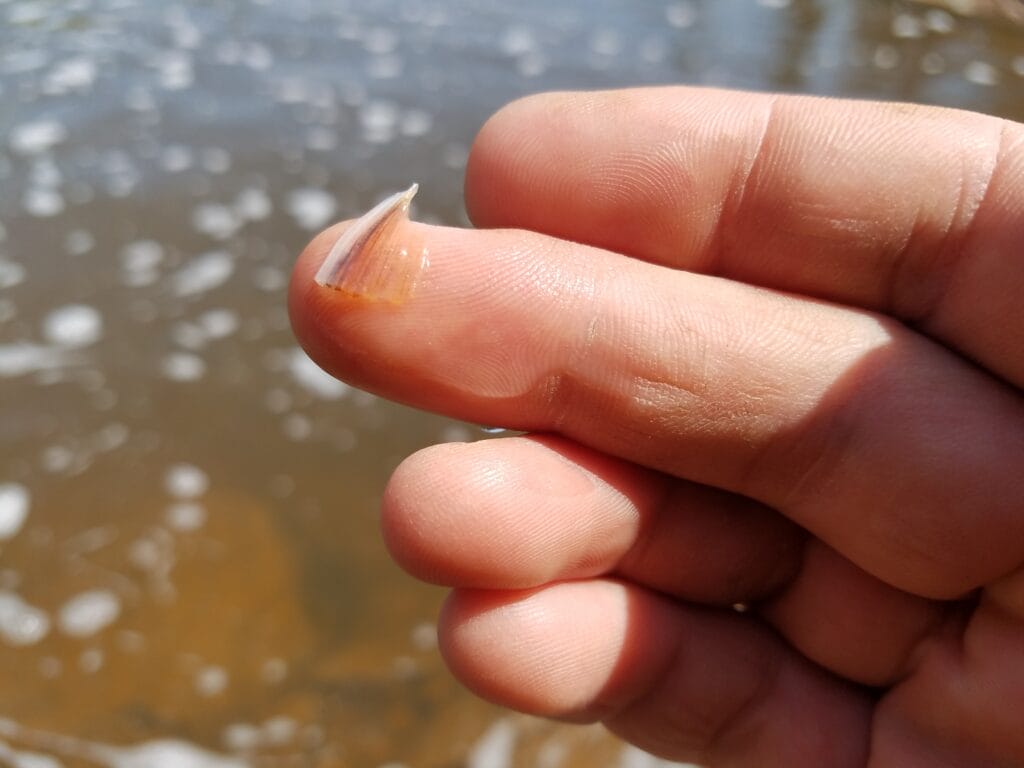
Analyzing stable isotopes from stream-collected fish can add to the picture.
“We can infer whether the fish has spent time in the lake,” Lemon said. “Or is it just a big stream fish?”
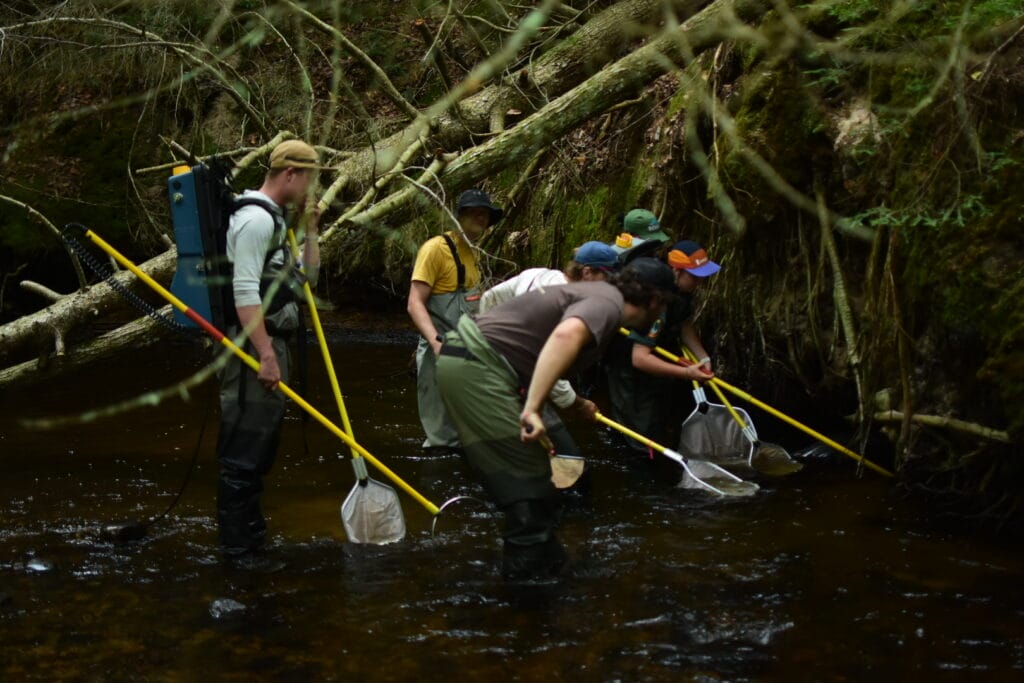
Your time to shine
The need for those fin clips is where angler assistance enters the picture.
Collecting fin clip samples from stream-dwelling fish is easy because electrofishing is such an efficient way to quickly collect a lot of trout. Getting samples of lake fish is more difficult.
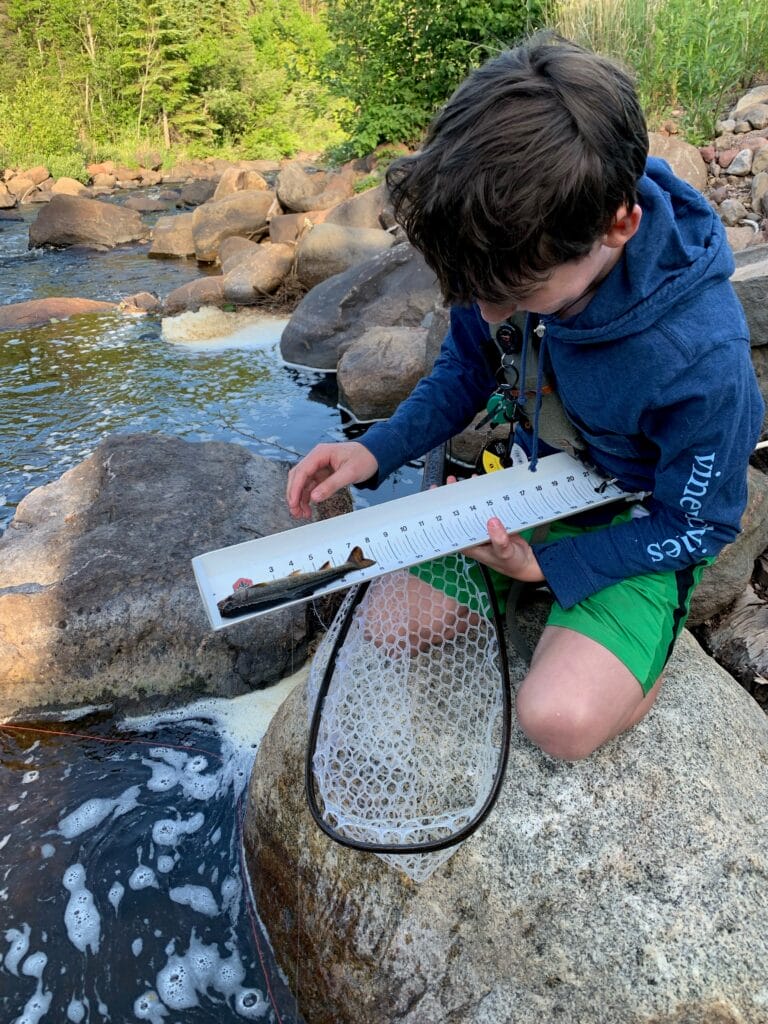
“We can electrofish shallow lake areas to get fish,” Lemon said. “But it’s difficult because of the low densities.”
That’s why Lemon and his team are looking for volunteers to take fin clips from brook trout they catch in the lake. They are also looking for samples from larger—seven inches and above—stream-caught brook trout.
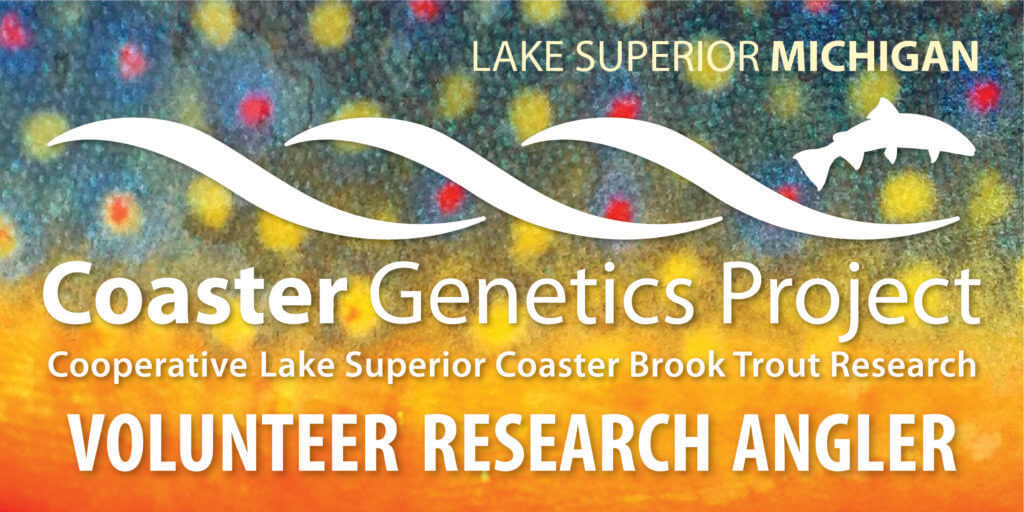
Lemon said the expectation isn’t for volunteers to target coasters specifically.
“Generally, these aren’t fish that people are going out and catching six in a day,” Lemon said. “Anglers are catching them occasionally while targeting other species.”
Lemon is finalizing the sampling protocol and will start offering simple, web-based training once the program launches officially, which he said will likely be in mid June.
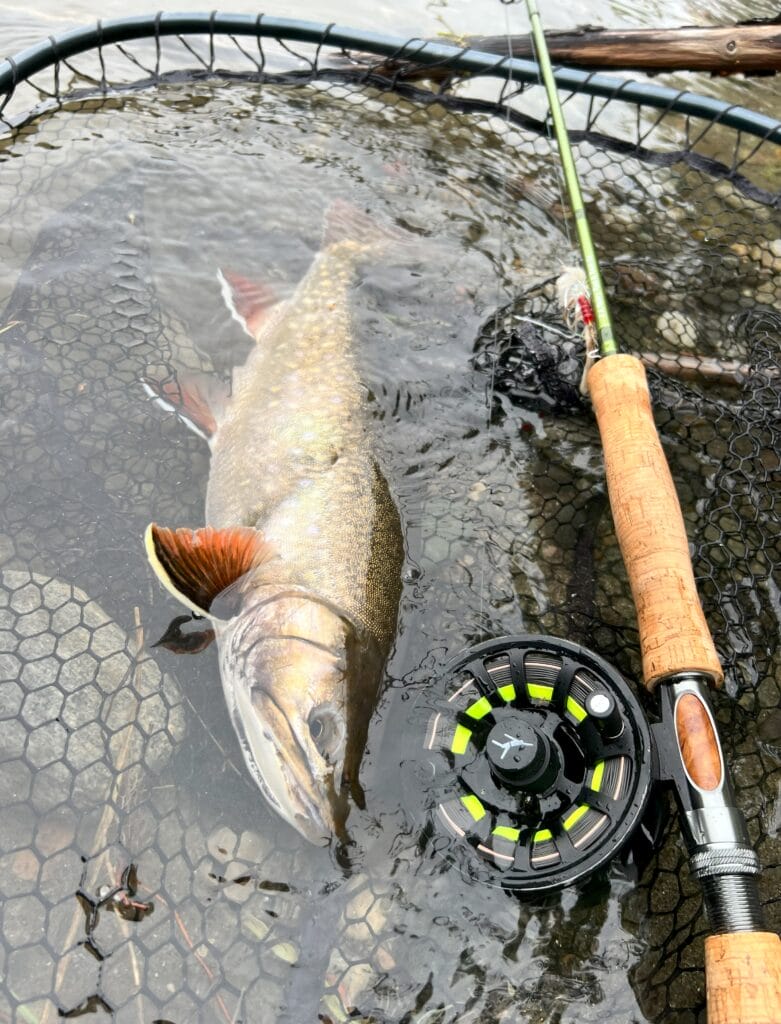
“We’re reaching out to stakeholders across the southern shore of Lake Superior,” Lemon said. “Fly shops, fishing charter companies, outdoor recreation stores, college fishing clubs.”
Lemon said he would like to eventually collect 200 to 300 samples.
“I talked to a guy who’s already caught two coasters so far this year,” he said. “If we get enough participation, I think we can get there in a couple of years.”
Funding for the initiative comes from a variety of sources, including the J.A. Henry Rod and Reel Company, TU’s Elliot Donnelley and Gary Borger chapters, the National Oceanic and Atmospheric Administration, private donors and a grant from TU’s Coldwater Conservation Fund.
To sign up for more information about the coaster fin clip program, including training, reach out to Jake Lemon at jacob.lemon@tu.org.



